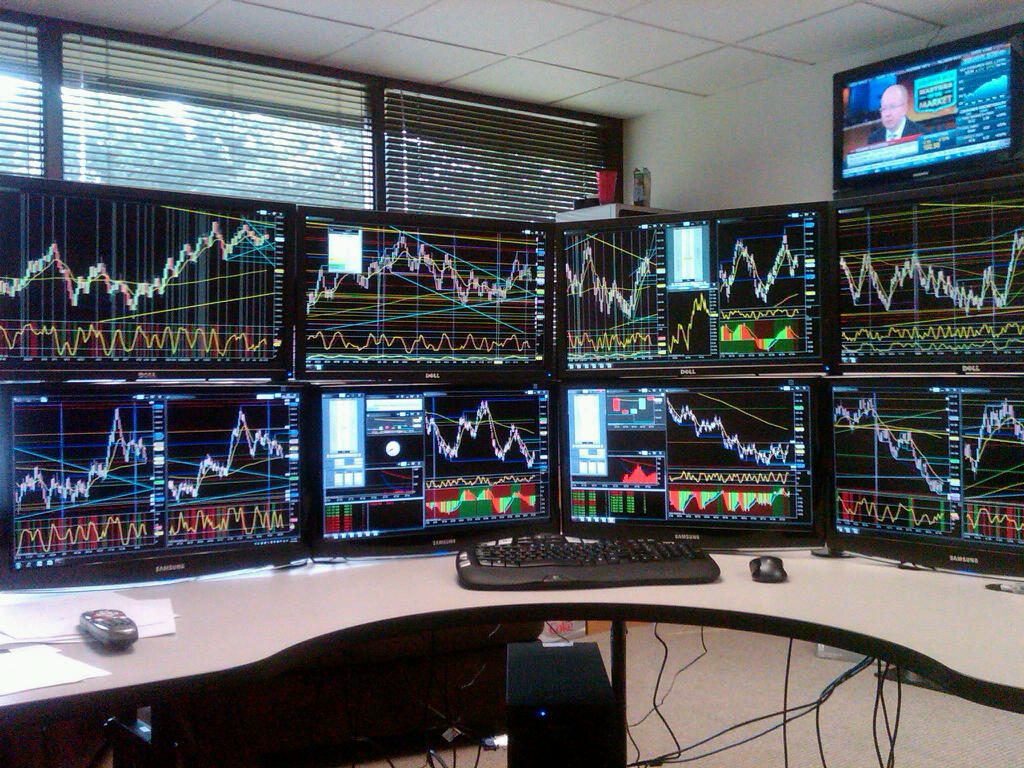What is pre-market stock trading?
As a norm, the regular stock trading market hours are usually between 9:30 am through to 4 pm. The opening and closing of this official trading period is usually signaled by the sounding of a bell which in most instances is done by the CEO of a newly listed company or any other person of note. During this official period, individuals can be able to trade in all companies listed within the exchange and also place any type of order.

However, trading can still take place outside the official hours and as a norm transactions carried out during this period are usually subject to a number of set rules. The extended trading sessions usually offer the best trading opportunities since price-sensitive news is most often released prior to the start of the trading session giving individuals an edge when it comes to the actual trading: this is where pre-market stock trading comes in.
The pre-market stock trading hours usually start at 7am and run to the official start time for stock trading. The trading that occurs during these hours usually set the tone for the day’s trading. However, the time frame is subject to some rules. For instance NASDAQ allows pre-market stock trading orders to be placed at 7am but execution of the orders can only take place at 8am.
For individuals who intend to embark on pre-market stock trading, the following is an overview of some of the trends that are characteristic of this type of stock trading.
Low volume trading
This is perhaps one of the most notable characteristic associated with this type of stock trading. The low volume trading is usually brought about by a number of factors. For starters, most individuals in the investment community are usually not active during this period and as a result this brings about low volume trading.

However, the most pre-dominant reason as to the low volume trading is the cap or limit placed on the size of orders placed. This is done by the regulating authority to prevent volatility in the market prior to the official trading time. For instance, a company might release great news that is bound to increase the value of its shares. An individual on hearing this might attempt to purchase a huge amount of shares so as to benefit from the impending share price hike. This will ultimately result in the share price shooting up remarkably before the official stock trading hours. To avoid this, the regulating authority usually places a cap on the number of shares that can be bought or sold during this period.

Volatility During Pre-Market
This is another common characteristic associated with this type of trading. The market at this time tends to be quite volatile due to the availability of information. Simply put, a listed company can release results before or after the official trading hours. Share prices usually react violently to this news as investors try to establish a new price
Risky Stock Trading
This kind of trading can be quite risky since relevant information is quite limited during this period of trading. Volatility during this trade period also contributes a lot to this. A good case in point is a situation where the share price might be skewed extremely high in the pre-market but return to `normal’ during the official trading hours.
In conclusion, the pre-market trading gives individual’s opportunities that are not available during regular trading hours. However it comes with a warning, you can make a sizeable profit based on your informed decisions but if things go wrong, there is the chance of making a loss.

